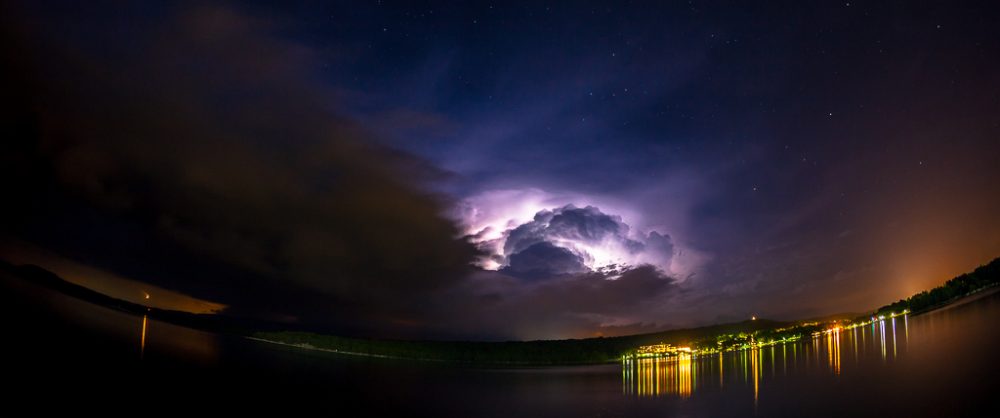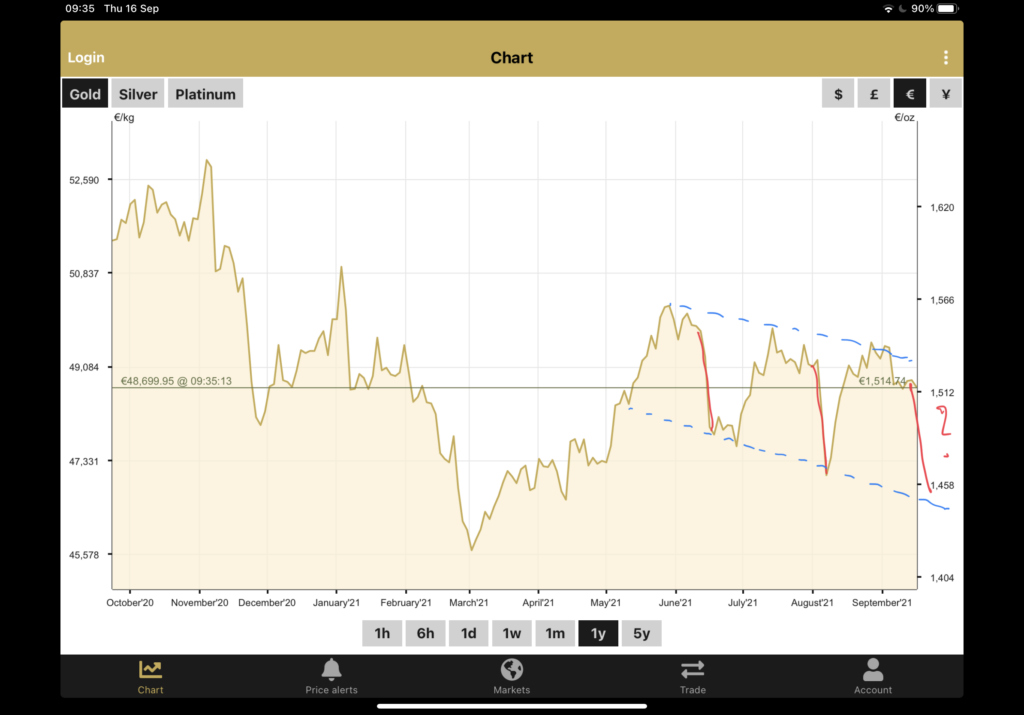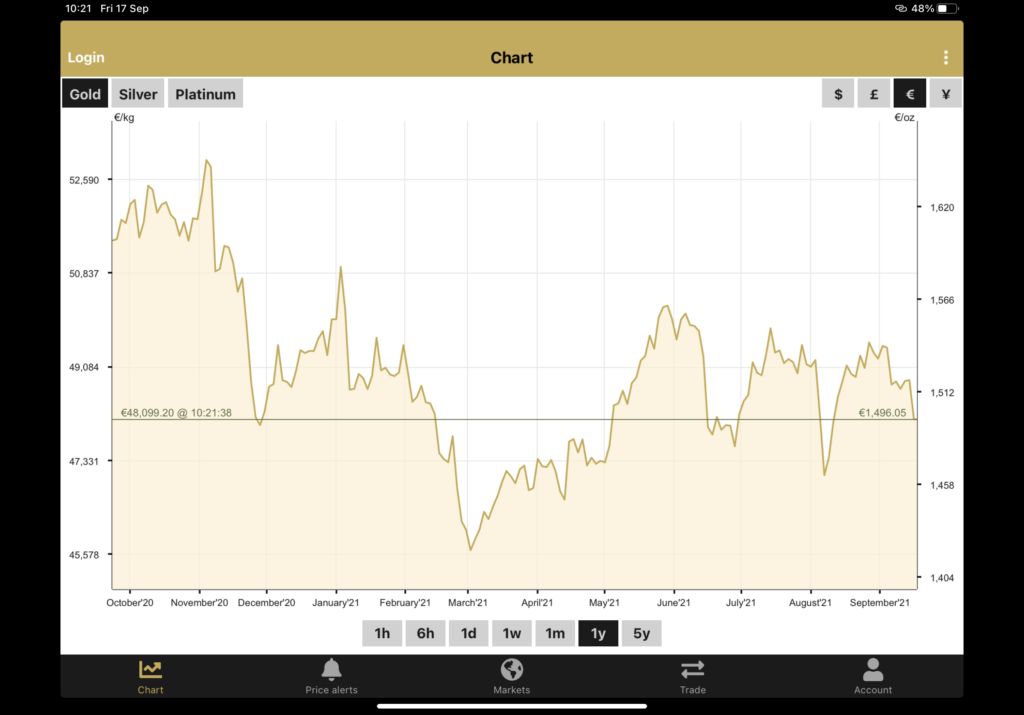I am currently reading the Spartacus letter and, from what I can tell so far, it is an expertly written medical analysis that needs to be made available to the widest possible audience, to counter all the lies and intentional disinformation from the “official” sources. The original can be downloaded here. Download local copies in case the original “disappears”.
Monthly Archives: September 2021
Rage
Yesterday in Zagreb there was a rage murder where the circumstances are still unclear, but according to the evidence at hand, an older man was walking his dog and the dog’s leash stretched across the path, and another man riding his bike hit the leash, and the dog walker commented something along the lines of “watch where you’re going, moron”, which was quite out of place and arrogant considering that he was obviously the one in the wrong and had actually endangered the other man’s safety with his careless behavior. The other man seems to have thought so as well, so he stopped, they had an altercation, the bike rider struck the dog walker in the head with some object and killed him, and went his way.
It’s not that I necessarily don’t understand the situation, because it was not once that people’s arrogant actions, where they are the ones at fault, and instead of offering an apology they actually yell something at you, enraged me significantly, but murder does indeed feel a bit excessive, and I would instead advise pepper spray.
But seriously, this feeling of hatred and murderous rage in the global astral field is something I’ve been feeling for years already and it’s at the boiling point, where I would recommend extreme caution and self-control, because it is quite easy to fall prey to it and commit some extreme act that you wouldn’t normally do. Also, it is my opinion that the fascists in power chose a very bad time to oppress people, because people who are boiling with so much rage that they are willing to murder each other over minor disputes might prove to be the wrong crowd to fuck with.
About probabilities
Every time some scientist starts talking about probability I get pissed off, and here’s why.
Let’s say they are talking about chances of Earth getting hit by an asteroid, or a supervolcano erupting, or a near-enough star going supernova, or whatever potentially cataclysmic event; their argument is always “events such as this happen every x millions of years, so the probability of it happening for every year is in the order of one in x millions”.
Oh, really?
Let’s see how a Yellowstone supervolcano works, and then you’ll see why I have a problem with probabilistics. You have a mantle plume that comes to the crust. A reservoir of magma under pressure forms, and when this pressure exceeds the resistance to pressure of the rock layer above, there is an explosive eruption which relieves the pressure. The dome collapses and you get an open lake of lava. After a while, the lava cools and forms a new dome. The magma chamber has relieved its pressure and will take a long time to fill, and even longer to build pressure to the point where it can mechanically compromise the hard layer of basaltic rock above. You basically have a period of several hundreds of thousands of years after an eruption where the probability of another eruption is literally zero, because the physics that would support it just isn’t there. It’s only in the last few percents of the supereruption cycle that you have any place for uncertainty, because you don’t know the pressure at which the basaltic rock will crack; the thickness, hardness and elasticity of the basaltic dome can vary between eruptions, and so you don’t really know the pressure at which it will pop, and you also don’t know the level of mechanical deformations it can manifest before it pops. So, if an eruption cycle is 650000 years, let’s say there’s place for probabilistics in the last 20% of that time, basically saying the cycle is 650000 years with the error margin of 20%, meaning it can pop 150000 years sooner or later. That’s the scientific approach to things. However, when they employ mathematicians to make press releases, and they say that the probability of it going off is 650 thousand to one for every year, that’s where I start whistling like an overheated boiler. It’s actually never 650K to one, and if someone says that number you know you’re dealing with a non-scientist who was educated way beyond their intelligence. The probability of it going off is basically zero outside the uncertainty margin that deals with the last 20% of the time frame. As you get further in time, the probability of an eruption grows, but you can hardly state it in numeric terms; you can say that you are currently within the error margin of the original prediction, and you can refine your prediction based on, for instance, using seismic waves to measure the conditions within the magma chamber; how viscous, how unified/honeycombed it is, were there perceivable deformations in the lava dome, were there new hydrothermal events that can be attributed to the increased underground pressure. Was there new seismic activity combined with dome uplift and hydrothermal events? That kind of a thing can narrow your margins of error and increase confidence, but you never say it’s now x to one. That’s not how a physicist thinks, because you’re not dealing with a random event in a Monte Carlo situation, where you basically generate random numbers within a range and the probability of a hit is the size of the number pool to one for each random number generation. A volcano eruption is not a random event. It’s a pressure cooker. If it’s cold, the probability of an explosion is zero. If the release valves are working the probability of an explosion is zero. Only if the release valves are all closed, the structural strength of the vessel is uniform, the heat is on, there’s enough water inside, and the pressure is allowed to build to the point of exceeding the structural strength of the vessel, can there be any talk of the explosion at all, and only in the very last minutes of the process, when the uncertainties about the pressure overlap with the uncertainties about the structural strength of the vessel, can there be any place for probabilistics, and even then it’s not Monte Carlo probabilistics, because as time goes on the probability goes up exponentially because you get more pressure working against that structural strength. As you get closer to the outer extent of your initial margin of error, the probability of the event approaches the limit of 1.
You can already see that most other things work in similar ways, because if there are no asteroids of sufficient sizes on paths that can result in collision with Earth, what is the probability of an extinction-level event caused by an asteroid impact? In the early stages of the solar system formation the probabilities of such events were much higher, but by this point everything that had intersecting orbits already had the time to collide, and things have cleared up significantly. You can always have a completely random, unpredictable event such as a black hole or something as bad suddenly intersecting the solar system at high velocity and completely disrupting orbits of everything or even destabilizing the Sun, but unless you can see how often that happens to other solar systems in the Universe, you can’t develop a meaningful probabilistic analysis.
Also, how probable is a damaging supernova explosion in our stellar neighbourhood? If you are completely ignorant, you can take a certain radius from the Sun where you’re in danger, count all the stars that can go supernova within that sphere of space, say that the probability of a star going supernova is, let’s say one in four billion for every year, and multiply that by the number of stars on your shortlist. If you did that, then congratulations, you’re an idiot, and you are educated far beyond your intelligence, because the stars don’t just go supernova at random. There are conditions that have to be met. Either it’s a white dwarf that gradually leeches mass from another star, exceeds the Chandrasekhar limit and goes boom, or a very old star leaves the main sequence on the Hertzsprung-Russell diagram, so you have a very unstable giant star that starts acting funny, sort of like what Betelgeuse is doing now, and even then you get hundreds of years (or even thousands of years) of uncertainty margin before it goes. You also have a possibility of stellar collisions, either at random (which are incredibly rare), or you have a pair of stars that get closer with every orbit, leeching mass from each other and eventually the conditions are met for their cores to deform, extrude and join, making for a very big boom. Essentially, what that does is give you a way to narrow down your margins of uncertainty from billions of years to potentially hundreds of years, if you notice a star approaching the conditions necessary for it going supernova, which should not be that difficult where it actually matters, because if it’s too far to measure it isn’t dangerous, and the closer it is the more you tend to know about it. So, the less you know, the bigger the margin of uncertainty represented by your assessments of probability, and the greatest probability of getting the most useless assessment possible is what you get by hiring a mathematician to do it.
In defense of negativity
It has been recently brought to my attention that I am a negative person – because I see this world as a negative phenomenon and I see all the “positive” efforts here as either outright delusion or as attempts at self-medication by focusing one’s attention at things that are opposite to this world. Basically, by doing good you fight the evil nature of this place and oppose it. If you live “in harmony with nature”, you’re basically choosing against transcendence, and surrendering to spiritual darkness and evil.
So, yes, I’m “negative”, and the fluffy bunnies from the “spiritual circles” should avoid me, lest they be contaminated by my nastiness. I don’t see why they should have a positive opinion of me, since I have a very negative opinion of them, and it is both fair and logically consistent that both sides be balanced in mutual contempt.
In my defense, I would say that I am in good company. Vedanta clearly states that only brahman is real, and everything else is an illusion (brahma sathyam jagat mithya), which is meant in a way that is properly translated, in context, as “brahman is hardware and all perceivable worlds are software”, because “illusion” in this context doesn’t mean something that is a fiction, but something that is a derived reality, a reality less real than a deeper reality that maintains it in itself. According to the Upanishads, brahman permeates the perceived world the way butter permeates milk, which is perfectly consistent with the concept that hardware permeates every aspect of the software that’s running on it, but, as Vedanta also states, every single thing in the world is “not that, not that” (neti, neti), meaning that brahman can’t be positively defined in terms of the world – it’s not the biggest thing in the world, not the greatest thing in the world, not in one thing more than in another, and yet nothing can exist apart from it and without it, and it’s the foundation and existence that supports all. Of brahman it can be said that it is unknowable (acintya) and without properties (nirguna), and yet it is sat-cit-ananda, reality-consciousness-bliss, which is in fact what we perceive, in a very densely filtered form, as points of meaning and purpose in the world – things that are real, blissful and conscious, things that are life and awareness and greatness, things we strive for, love and aspire to, but we are deluded if we think them to be of the world and attainable through the world. No – they are the dim aspects of the light beyond, the transcendental reality, consciousness and fulfillment that is brahman, the true light that manages to shine through even the darkest night that is this world.
So, yes, I think this world is the darkest night and evil, and if you find this to be negative, then I’m negative. However, I don’t see this world as darkness and evil because I am blind to the tiny specks of light that are present in this world, and which someone might find so desirable and fulfilling; no, I see it as a dark pit because I saw the true light and I know it. Don’t expect someone who saw the light of day to worship the glow bugs in the night; to me, this entire world is unimpressive, dull, boring and, as a whole, unworthy of either existence or my attention. I am not here because I like it, and I have sufficient perspective to see it for what it truly is. You might ask why I’m here, but you might not like the answer any better than you like my negative and abrasive person.
Global gold price manipulation
Yesterday morning, Božo and I were discussing what the gold price is going to do in the immediate future. While we both agreed that it’s going to drop, our rationales were different. He said that the American stock market crash is imminent, and when that happens, lots of large players are going to pull reserves out of gold and silver ETFs in order to cover their margin calls. While I don’t dispute that, I sent him a very visual analysis of my thinking:
Basically, since June we had two events where someone dumped billions of dollars in gold futures and other paper assets onto the market in the deep black of the night, and intentionally triggered “stop loss” scripts across the market, creating an avalanche of selling which crushed the price, and since the price of paper and metal are united, this “someone” then bought billions of dollars worth of either very physical gold, or swapped short for long positions. Since the amounts are enormous, only huge banks are able to perform such blatant market manipulations for their clients, of course earning a percentage in the process.
What my annotated graph says is basically “there were two such large gold purchases in the recent past, and it looks like there’s going to be another imminently, probably during the weekend, like the last time”. Sure enough, within a few hours gold started dropping like a rock, and here’s what the graph looks now:
And then I hear the “experts” talking about how this or that “indicator” caused the gold to drop, like, people think the economy is better than expected or the inflation is not as bad as projected, and I think, you people are educated way beyond your intelligence, because the actual free market influences are obviously suppressed to the point where they don’t even register. It’s a game played by the big market manipulators and computer software doing the actual trading, and the only question is when the system will go beyond limits of its endurance and collapse entirely.
The thing that’s actually going on is that very big players apparently caught up to where I was two years ago and are now unwinding their other assets and going hugely into gold. Basically, the entire market is a pump-and-dump scam, and those who pumped and dumped are moving their profit into metal, because that’s the only thing that can survive the kind of crash that I see ahead.


